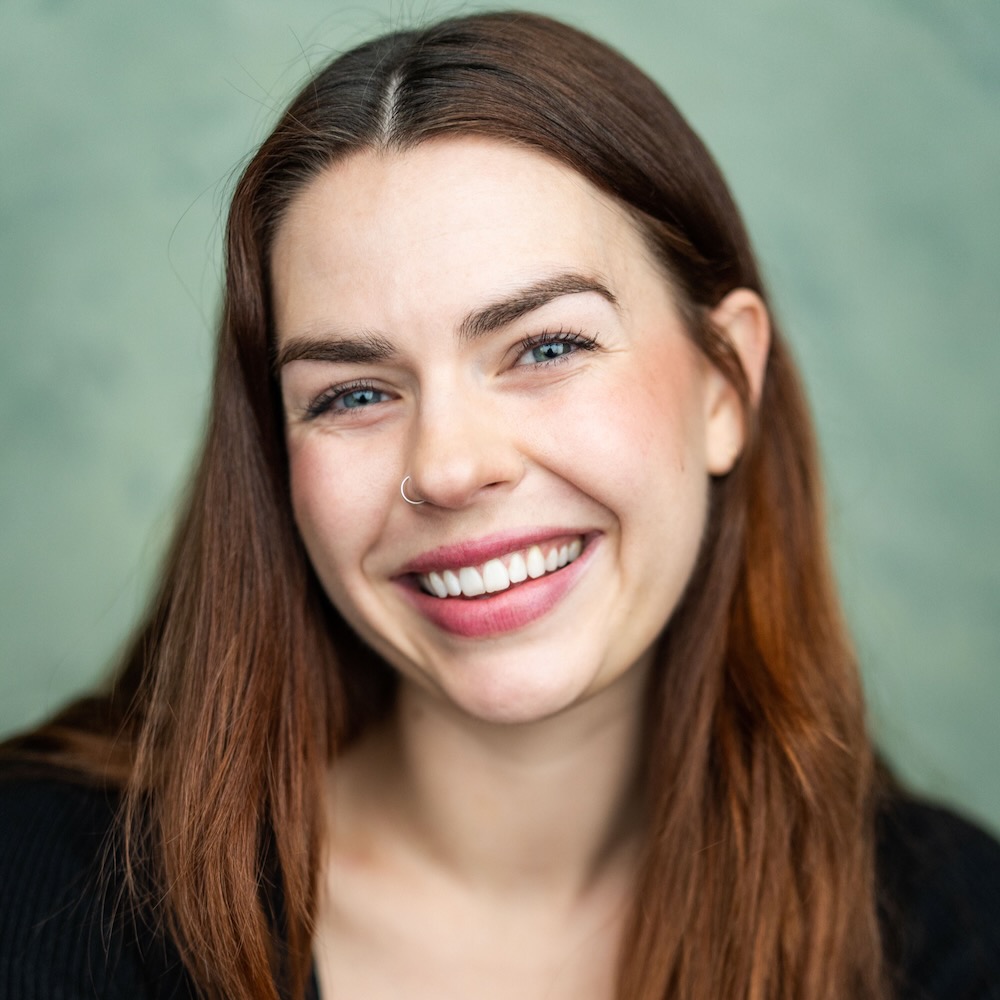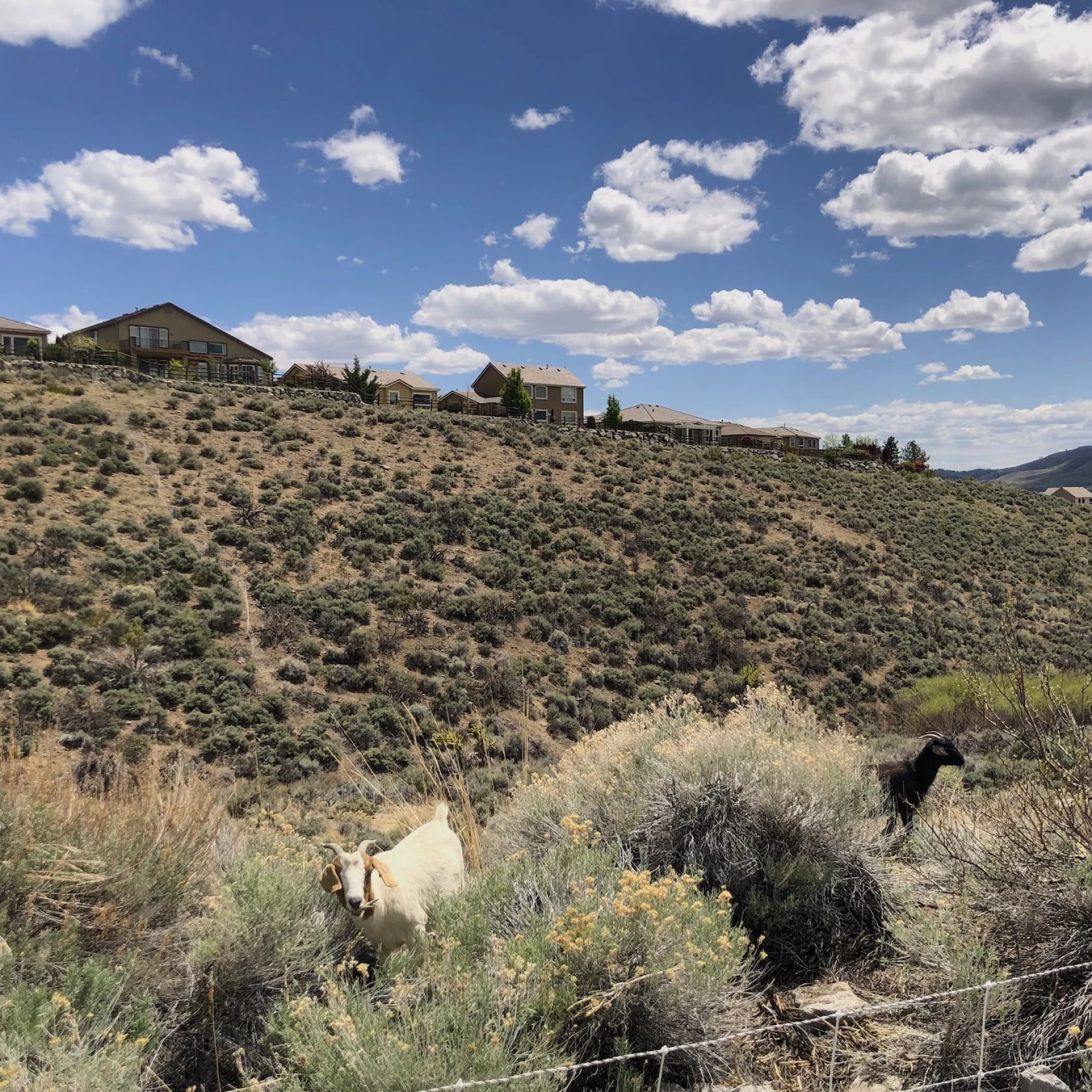Lindsey Pisani is the Anatomy Lab Manager and administrator for the Anatomical Donation Program in the School of Medicine at the University of Nevada, Reno. Anatomical donation, or whole-body donation, involves donating your entire body to science after your death. At UNR, bodies donated to the Anatomical Donation Program are used by medical students and undergraduate students to learn anatomy and physiology.
It is an incredibly important program and deeply meaningful to the students and future physicians who learn from these bodies, including Hitchcock Project science reporter Douglas Collins, who is a second-year medical student. Collins believes it is critical that this program continues to receive support from the Northern Nevada community that it has been supporting for decades. Collins recently sat down with Pisani to discuss UNR’s anatomical donation program and its importance.
This interview has been edited lightly for length and clarity. You can find excerpts from this interview with Lindsey Pisani on TikTok, or an extended version on YouTube.
Collins: What is the anatomical donation program?
Pisani: The anatomical donation program is how we receive our donors for dissection for the medical students. All of our donors have to sign up before their passing and enroll in the program while they’re still alive. They also basically have to forfeit being an organ donor to be a whole-body donor instead.
Collins: How is whole-body donation different from organ donation?
Pisani: Whole body donation will be different because it will be where the body stays intact. So, it is another restriction of the program where it would have to be non-traumatic death. People would have had to die of natural causes.
For our purposes, a whole-body donor would be used by our medical students to study the anatomy and do the whole-body dissection. Whereas if you’re an organ donor, your organs are going to be used by other people and basically your organ will keep living. So all of our study is for after passing, and mostly anatomical.
Collins: Who benefits from the organ donation or from the whole-body donation?
Pisani: For our program here, mostly first-year medical students are the ones that are using our whole-body donors, but that extends even further. We also provide donors to lower campus, which will be doing anatomy and physiology for undergraduate students. We also provide bodies to Truckee Meadows Community College as well as Western Nevada College, and right now also the UNLV School of Medicine has some of our donors.
We can provide whole body donors to anyone under Nevada state higher education. So that’s who we use all of our donors for. There is a lot of interest from outside anatomy programs that are looking for donors, but for right now, we have just agreements with anyone in the NSHE (Nevada State of Higher Education) umbrella.
Collins: How many students are impacted every year by this program?
Pisani: For the first-year medical students and fourth-year medical students, probably usually around 80 students from the medical school. But for lower campus and all of the community colleges, I would be sure it’s way more. We’re probably definitely closer to 1,000 annually. Yeah, that’s crazy. And then we add in all the tours – yeah, it’s a lot.
We also help with providing donors for REMSA’s paramedic students as well as TMCC’s paramedic students. So they come in and do practicing like intubation and things like that. If we were to consider all of that, it’s probably very many students that are using this program for sure.
Collins: A lot of schools are moving towards doing virtual (online) dissections, rather than whole-body dissections. How is learning from the hands-on experience of a whole-body donation different?
Pisani: We have lots of good feedback from our medical students, that they prefer the hands-on learning. We think about the virtual dissection tables like the Anatomage (virtual) table and those as kind of supplemental learning and so it’s a way to also look at things in a different way. But still we would want that whole body donor to be the basis of our studies.
Collins: Many students talk about their whole-body donor being their first patient. What do you think the impact of that has on a medical student?
Pisani: So, it has a huge impact, and we can see that from when the medical students first walk into the lab at the beginning of the year versus how they’re feeling at the end of the year. At the end of every year in June, we host a memorial service where the medical students in that class become funeral directors and honor the donors that were used or the donors that passed in the previous year.
And that’s the point when I can tell that the medical students were very much impacted. They write poems, they perform musical performances and get to interact with the families and friends of the donors that died in that last year. That is when you can profoundly tell. We’ve also started putting a cotton shroud over the donors. Once the students are done they’re allowed to write messages, and that shroud will go with them to cremation. Those messages, you can tell there was a profound effect for this being my first patient, and being so thankful. Lots of gratitude for sure.
Collins: How many bodies do you have donated to the program?
Pisani: I have trouble keeping track of how many people are enrolling in the program per year. But I would say it’s usually 200 or more per year, if not more. Some years we have way more, some years we have less.
People who are enrolling are usually in their 50s, 60s, 70s, and then they’re not arriving in the program until later. We do miss some. If they didn’t let anyone know that they were enrolled, then we would have no idea how to get them here. You just have to let your family know or someone know that you’re enrolled. And I have a lot of people who, if they don’t have any family or anyone close to them, they’ll keep their paperwork in like an envelope or like a binder on their kitchen counter. Or attached to their fridge, so that someone would find it.
Collins: Why should someone consider donating their body to the program?
Pisani: I get lots of questions about that – like, how do I know if I want to do this? It’s your personal choice, if it’s something you want to do. But then I also think it has a lot to do with discussing with your family too, because there’ll be some people who are very interested and it’s very important to them that they want to have their body used after their death for something so rewarding.
I had one person describe it as being able to be a professor, so like in their real life they didn’t get to be a professor, but now all of these donors are basically professors for medical students. So there’s that aspect of it.
But then we’ll have people also who their children are very uncomfortable with it, and they don’t want that to happen. So they’ll choose not to. I guess for me personally, I would do it just because I don’t feel like anything else is going to be used after death, so why wouldn’t you want to? But I’m also very different, because I work in an anatomy lab.
Collins: How would someone donate if they chose to?
Pisani: They can reach out to me directly. I am on the UNR Med website. The donation program actually has its own website on UNR Med and you can request paperwork. There you can find my phone number and call me. Then what will happen is we will go over those requirements that I talked about and then they get paperwork mailed to them that they fill out. They do have to sign the anatomical will form in front of a notary. And then the other form is just a medical history. They mail it back and look it over, add it to the database and then they get mailed a donor card. That’s literally all there is to it.
Collins: Are there any other requirements that people should be aware of?
Pisani: Some of the requirements of that are they have to live within 50 miles of the university here in Reno. We are partnered with Walton’s Funeral Home, which is a local Funeral Home to do our transport – so they can live a little bit farther, because Waltons has locations in Carson City and Gardnerville. So it kind of extends our 50 mile radius a little bit.
We also make exceptions for people who live in Elko, so we have partnered with Burns Funeral Home in Elko to also make that an option, and as well as in Winnemucca. So we kind of trying to extend it a little bit more for the for the more Northern Nevada towns and cities than just in Reno. But it is just because of the transport that we’re kind of at a 50 mile radius restriction.
The other thing is our donors cannot have had hepatitis B or C or Alzheimer’s or dementia. Then the last kind of requirement that we go over with our donors is that they do have to weigh under 230 lbs. And that’s just because of the process after they arrive here with the embalming and the preservation of them, that there is that weight limit. But we do make exceptions depending on height. So, I understand that a male, who is 6 foot one, probably weighs over 230 lbs. So we make exceptions for that.
Those are the requirements of how you would become a whole-body donor. You would also have to forfeit organ donation. Except we do make exceptions for corneas. So if people are still wanting to do organ donation, we can work with Nevada donor network or any of the other donor programs to still honor that wish as well.
Learn more:
- View Doug’s extended interview with Lindsay Pisani on YouTube: https://youtu.be/VAWR3J15TuY?si=gyzjx2J6gHDBq5da
- About the Anatomical Donation Program – https://med.unr.edu/anatomical-donation-program
- Contact the Anatomical Donation Program: https://med.unr.edu/anatomical-donation-program/contact-us
Douglas Collins is a second-year medical student with the UNR School of Medicine and holds bachelor’s degrees from UNR in Biology and Spanish. He completed this interview as part of a science communication internship with the Hitchcock Project during summer 2024.






